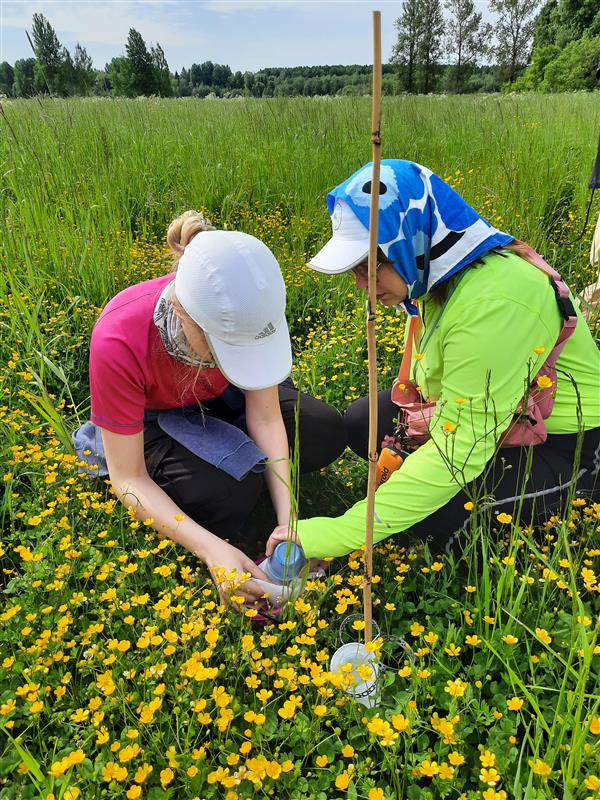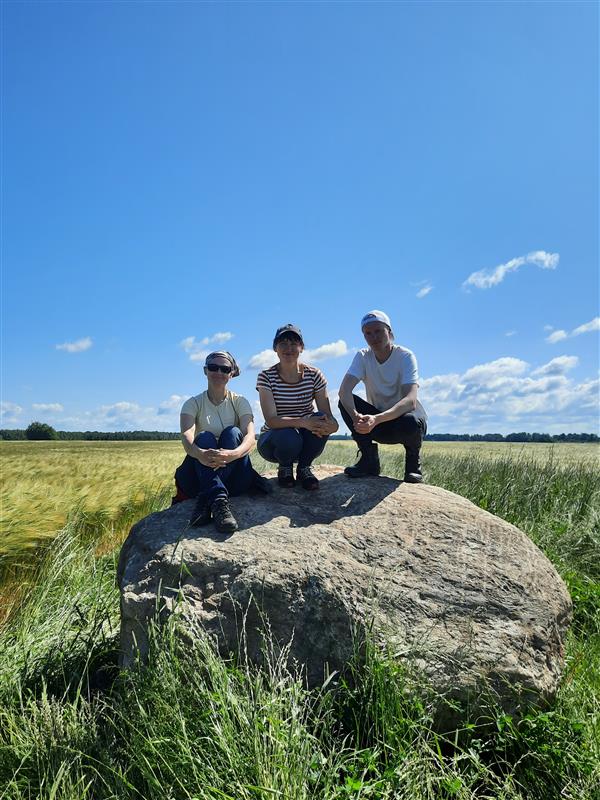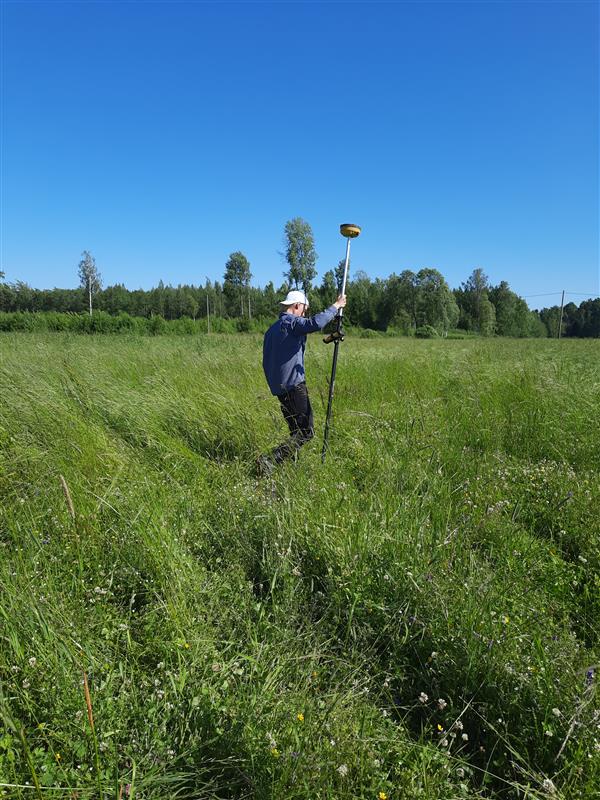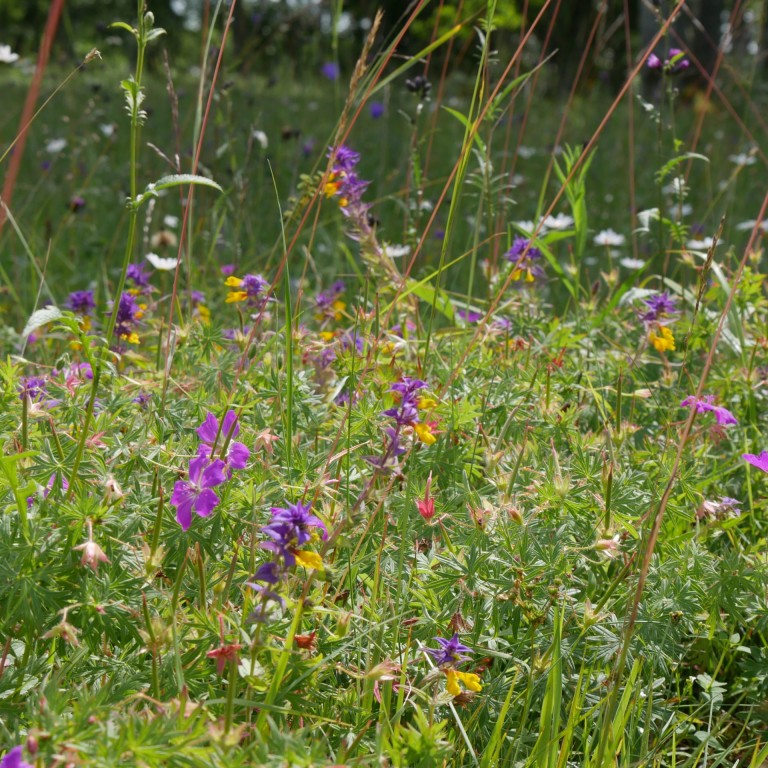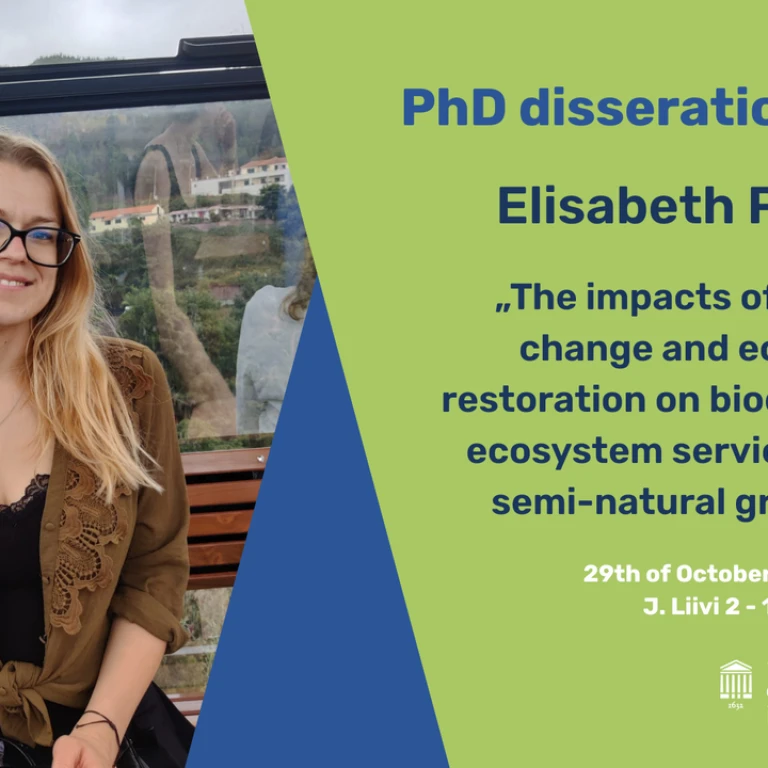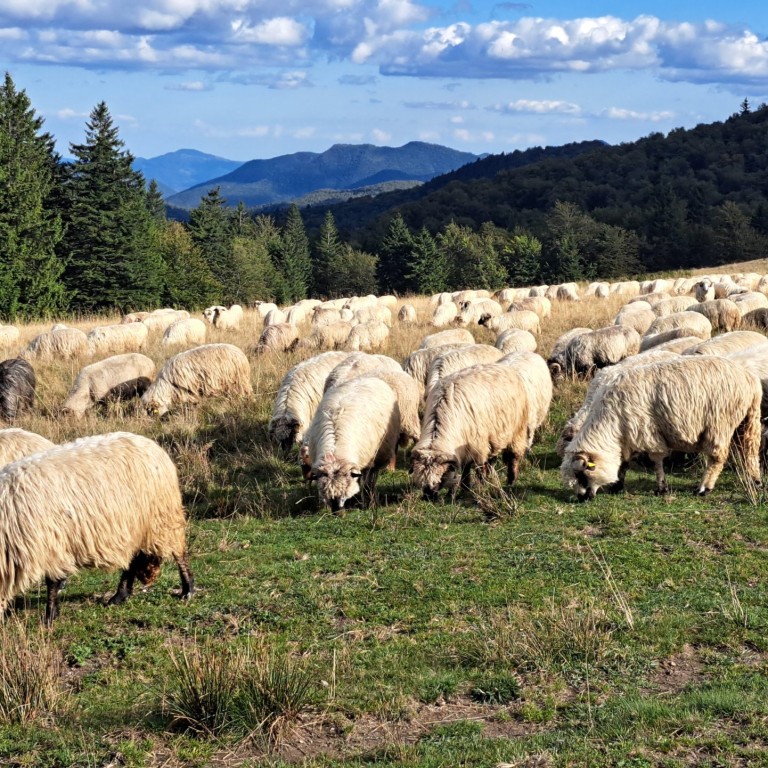This summer, the workgroup’s months are once again filled with fieldwork, taking researchers, students, and assistants to fields, meadows, and forests across Estonia and Latvia. Under the guidance of Researcher Krista Takkis, both flying and ground-dwelling arthropods are collected to assess how newly established field strips and natural landscape elements, which influence biodiversity and the provision of ecosystem services, affect local wildlife (as part of the ForEstFarmLand project). In the same project, Researcher Liis Kasari-Toussant focused on assessing the condition of protected meadows to support the implementation of planned activities.
In the GrassLIFE2 project, pollinator expert Jelle Devalez and his team collect pollinators and soil samples to gain valuable insights into the potential for pollination services in various types of Latvian grasslands.
In a video under this link, the head of the workgroup, Professor Aveliina Helm, Associate Professor Triin Reitalu, and Luule Meriste survey vascular plants, mosses, and lichens, as well as describe the structure and various ecological indicators of communities within the permanent study areas of the Centre of Excellence for Sustainable Land Use (Futurescapes). Combined with data collected by other working groups, these indicators enable the description of links between biodiversity and both carbon stocks and carbon sequestration. This knowledge will help future land-use decisions better protect biodiversity while taking the need for climate change mitigation into account.
